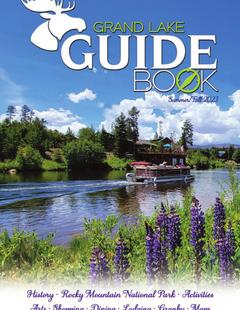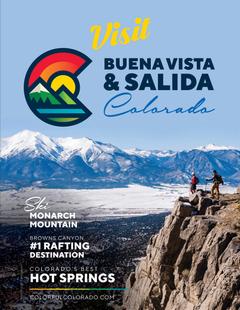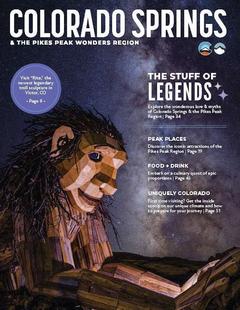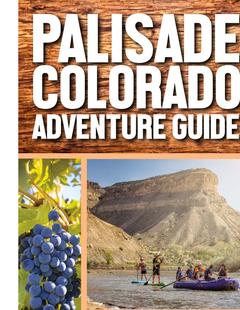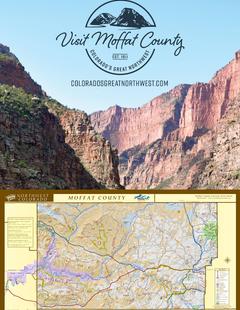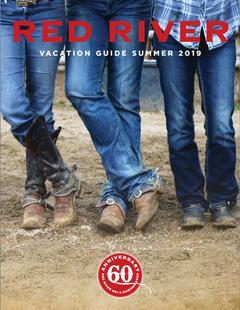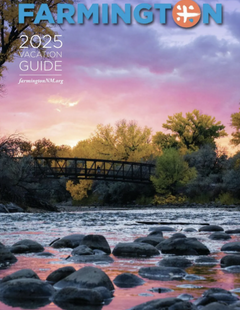Snow accumulation varies tremendously across Rocky Mountain National Park. The West Side of the park receives moisture-bearing storms first, and has the deepest accumulation of the fluffy white stuff. Often there is sufficient snow cover by late November to cover rocks, logs, and other obstacles, making trails and slopes safe for skiing and snowshoeing. There are no ski lifts in the park, but telemark skiing is permitted.
The East Side of the park, the lee side of the mountains, is relatively dry and snow cover is patchy, especially early in the winter. Strong winds blow what snow falls into drifts, covering some areas but exposing others. Snow coverage is often intermittent below 9500 feet. Above that elevation, steep slopes and variable snow coverage result in challenging ski conditions.
Although the East Side does not really offer beginning cross-country skiing, it does have a selection of trails suitable for the beginning snowshoer. Free ranger-led walks (link to ranger-led activities) can help you get started. If you don't have your own "shoes", several local stores offer equipment rentals ( link to concessions).
The strong winds, variable temperatures, and steep slopes of the East Side all contribute to increased avalanche danger. Since snow conditions and avalanche hazard are quite changeable, we encourage you to stop by a visitor center or call the Information Office/Backcountry Office to discuss your plans.
Winter play areas, suitable for sledding, are located at Bear Lake and Hidden Valley. However, as described above, conditions are not always safe. In particular, when snow coverage is limited, rocks and logs may not be safely buried. Heavy use at these areas, particularly on weekends, can result in icy conditions. Condition reports are made daily, and can be obtained at any visitor center.











